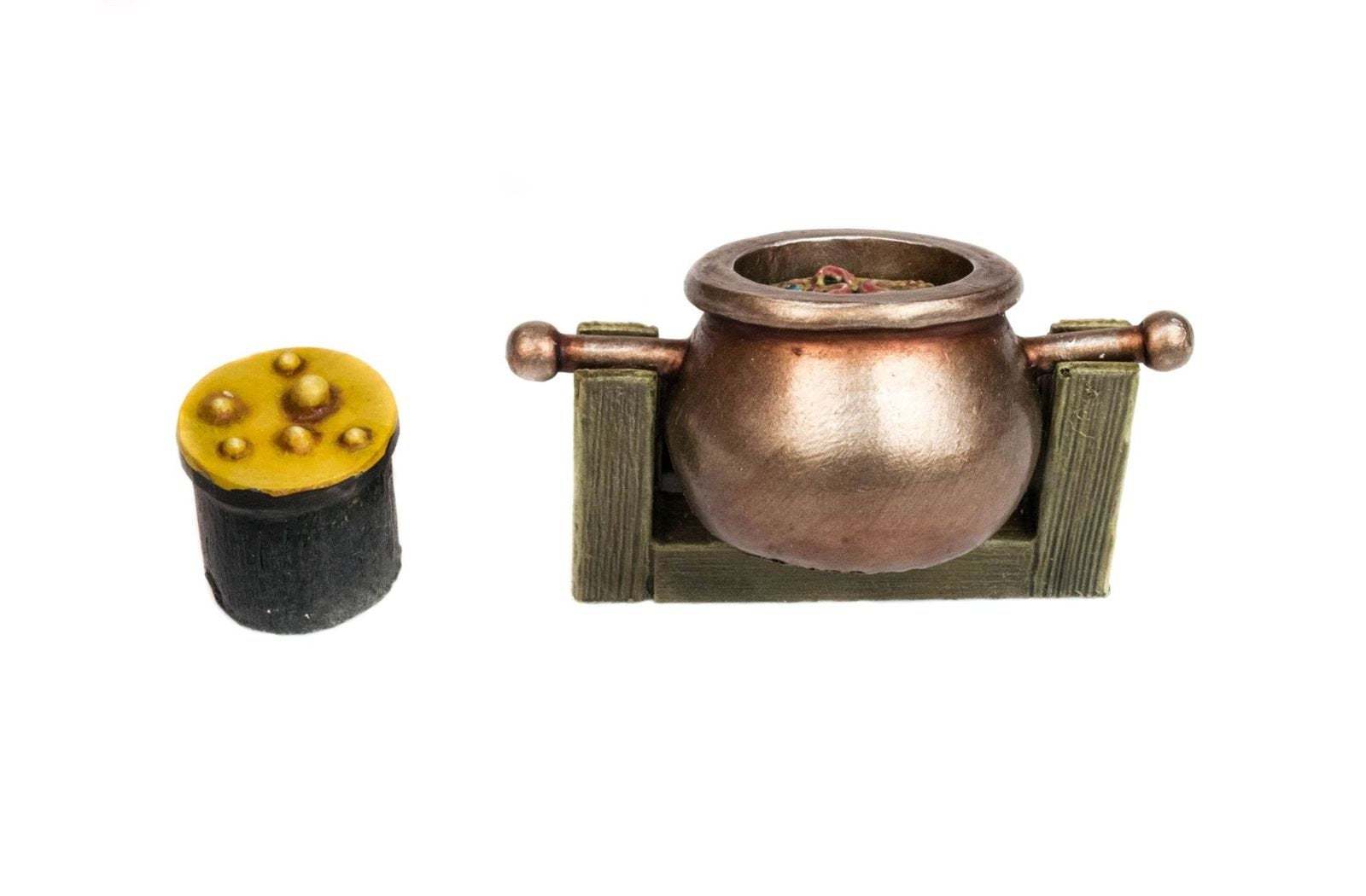
An overview is presented of current knowledge of two metal industries important in post-medieval and modern Britain: lead production and the iron and steel industry. Relevant categories of documentary evidence are outlined, emphasising those which complement the archaeological record. After the medieval period there is a major change of scale, with the industrialisation of many metal industries. Medieval methods of steel production are considered, as are later steel-making processes. In the medieval period the lack of evidence for copper production is highlighted and the use of various copper alloys is discussed. The Roman period saw increasing use of metal and hence metalworking the two examples given are the iron industry of the Weald, and the widespread adoption of brass as a common copper alloy. For the Iron Age, the focus is on the introduction of iron as an everyday metal, though copper alloys continued in use. For the Bronze Age the concentration is on metal mining because so much new information has recently come to light. The earliest metallurgy in the British Isles belongs to the Bronze Age and Iron Age. The examples include both ferrous and non-ferrous metalworking of all periods. The third section summarises what is known about metalworking in the past, focusing on selected topics which illustrate either the considerable progress that has recently been made, or the need for further research. The strengths and weaknesses of methods are examined, and areas for further development are outlined. The current pattern of development led archaeology, in particular work on brown-field sites (which may be regarded as contaminated land), threatens the loss of sub-surface archaeological evidence for metal industries appropriate methodological approaches to investigation, recording and sampling are discussed. Also essential are the methods of field archaeology, landscape survey, geo-prospection and experimental archaeology, and the skills of metal-smiths and palaeo-environmentalists. The second section, on methods in historical metallurgy, demonstrates that the subject goes beyond the work of the laboratory-based specialist, whose methods of examination and analysis are described.

This section is particularly directed at curators and planners as it also deals with the management and protection of the resource, for which they have responsibility.

The evidence ranges in scale from landscapes and townscapes to sites and structures it includes artefacts and residues from production as well as documentary sources.

The first section identifies the nature of the resource. The volume provides a research framework for archaeometallurgy in Britain, including a resource assessment, a research agenda and an outline research strategy.


 0 kommentar(er)
0 kommentar(er)
